Ask a variety of people what yoga is, and you will get as many answers. The word yoga is as misunderstood as the word sex. It can be used as a noun or verb. The noun, “yoga” is a state of being in which one is fully realized in the present moment. Yoga occurs when one’s physical, mental, spiritual and emotional states have been integrated and harmonized as nature itself. Yoga as a verb refers to the actions one takes to arrive in the state of yoga. In the modern world, when someone mentions the word yoga, we automatically picture someone stretching or meditating. We call this Yoga practice. The things you “do”, in order to “be”.
Over the years yoga has become big business. Much of the studio yoga practices taught today have become diluted and fragmented waning toward the physical fitness side of things. However, in the Great Tradition of Yoga brought forth through Professor Tirumalai Krishnamacharya, the father of modern Yoga, the primary focus of yoga practice is spiritual.
Krishnamacharya maintained that Yoga practice is to fully participate in life reality as it is given, as you are when you begin a Yoga practice. It must be adapted to the individual based on age, body type, health condition, personality and culture or belief system. Traditionally, Yoga was taught one to one or in small groups, because the Yoga teacher’s job is to help the student cultivate their own Yoga practice. One that they can enjoy on their own.
Over the past 25 years, especially, yoga has become even more standardized than it once was. Teachers and studio owners market yoga as physical fitness and more often than not teach the physical alignment of the body before students learn how to breathe properly. This has led to an overemphasis on physical prowess, movements, postures, stretching and cool pictures on FB and IG. However, flexibility, strength and other physical attributes are merely byproducts of a complete Yoga practice.
Yoga is first and foremost a spiritual practice. The word spirit comes from the Latin spiritus, which means to breathe. The primary focus in a Yoga practice is the breath, more specifically Ujjayi Pranayama. Without breath, life does not exist, so a breath centered practice is not only logical, but serves as the bridge between the body, brain, mind, and the heart of the individual.
The asana (postures and movements) are done for the breath, not the other way around. This is a clear distinction from the vast majority of yoga being taught in America and abroad. Most of which is missing the foundational principles.
Someone’s ability to touch their toes or bend in a certain way is a poor indicator of whether or not someone is making progress in their practice. A far better way to gauge headway in Yoga practice is to consider the relationships in one’s life. From the relationship you have with yourself to all the people and things in your life. As you begin to understand and embody this distinction through a daily practice, you will be on your way to dismantle thought patterns and emotional trauma. Thoughts and physical symptoms that are associated with the root causes of stress and anxiety. This is why Yoga is the hope for humanity. Not as a cure or to fix a problem or attain something, but rather as an appropriate response to the conditions, speed and uncertainty that has become modern life. As a way to accept and participate in your own miracle of consciousness itself. Yoga practice is the key to actualize your gifts.

